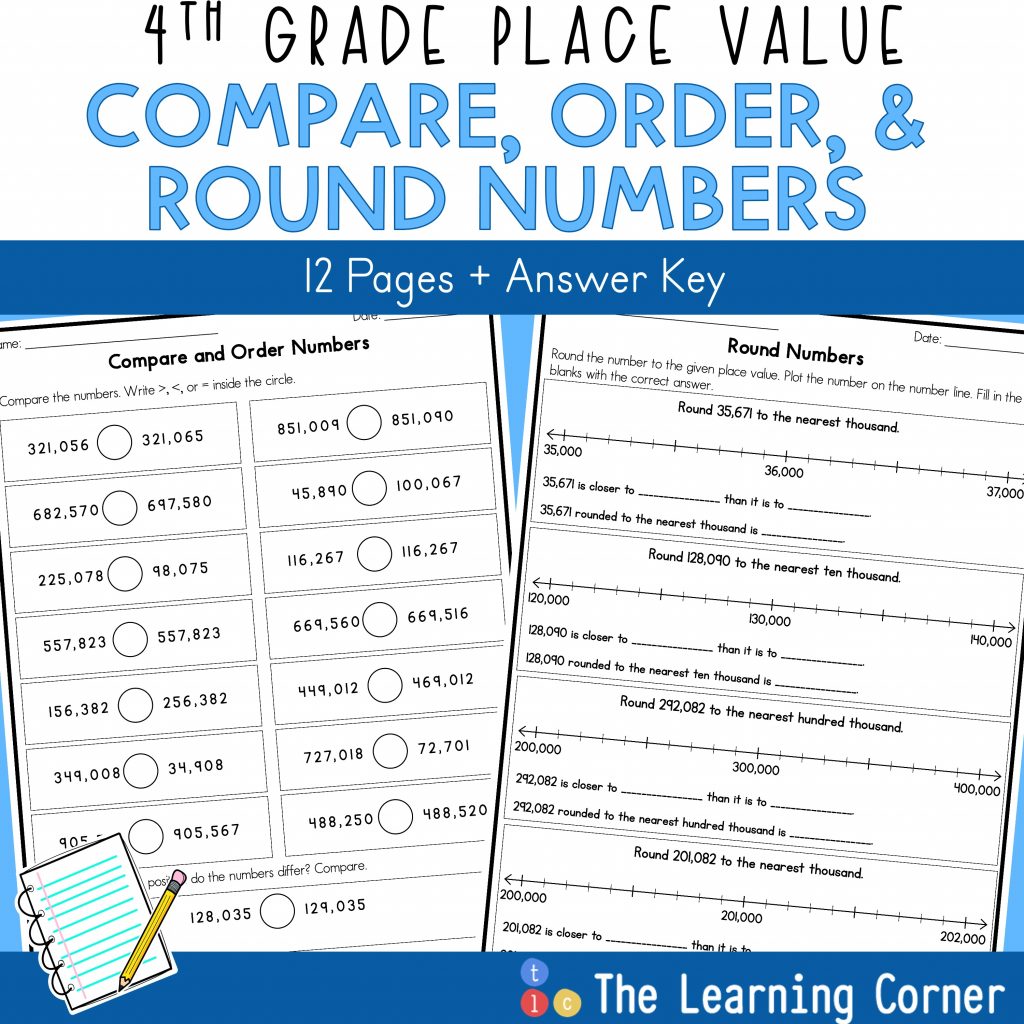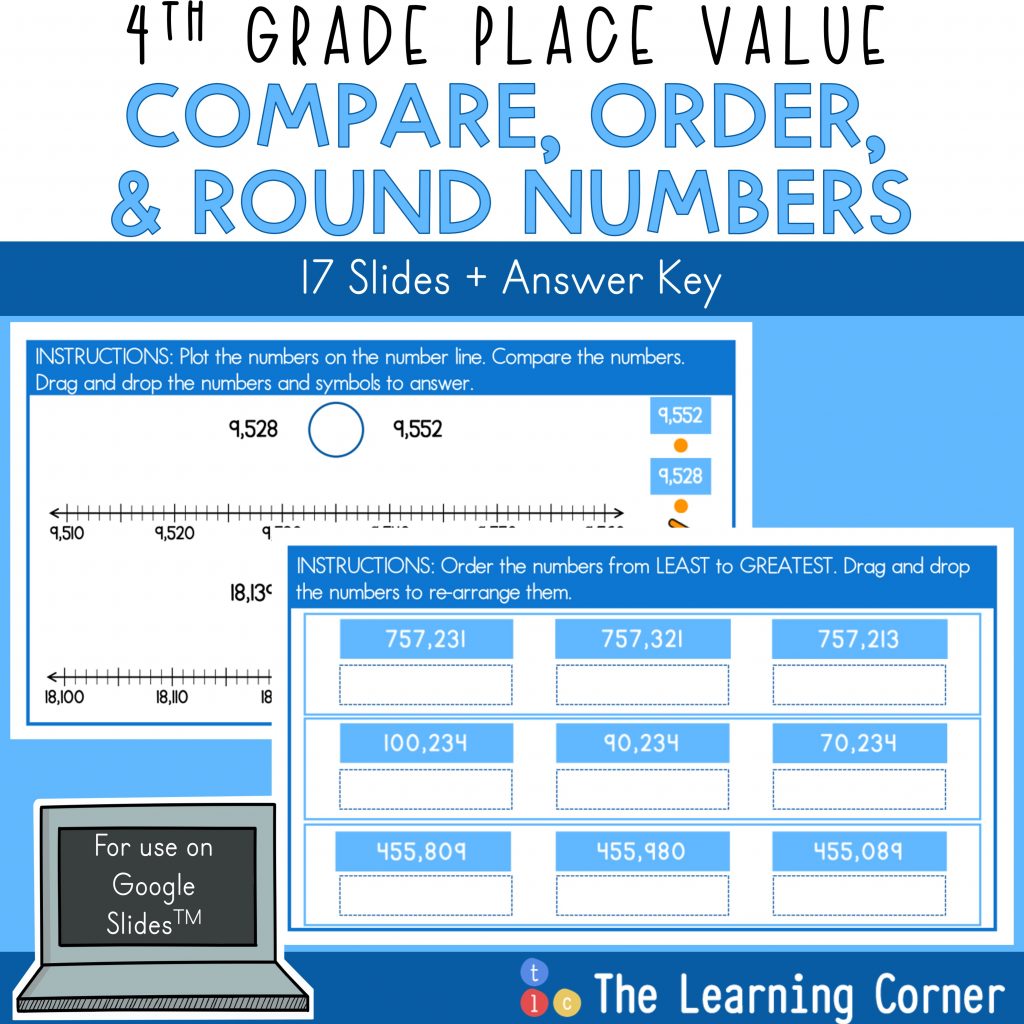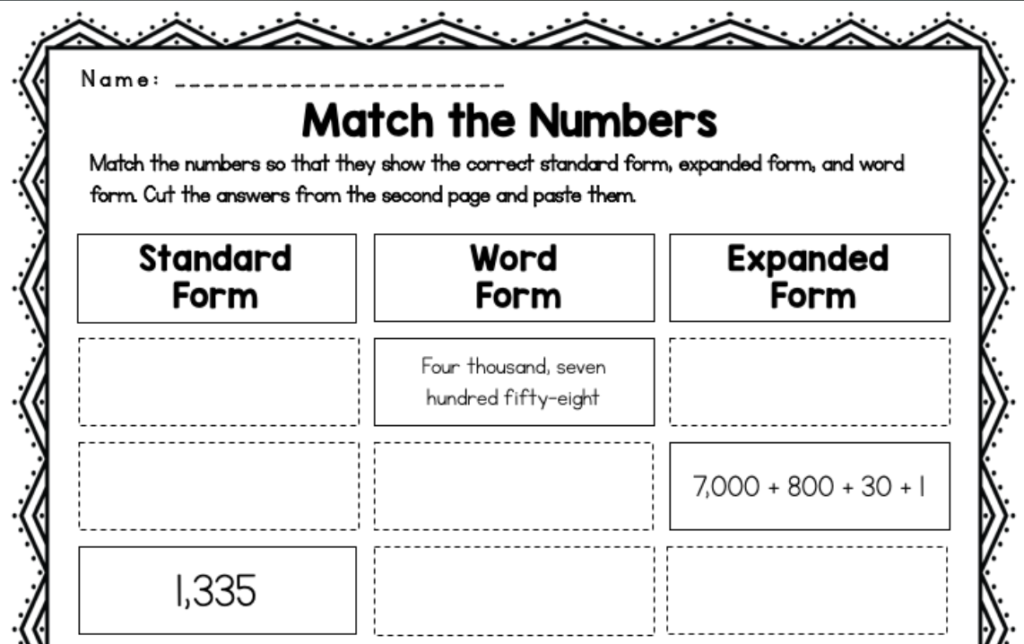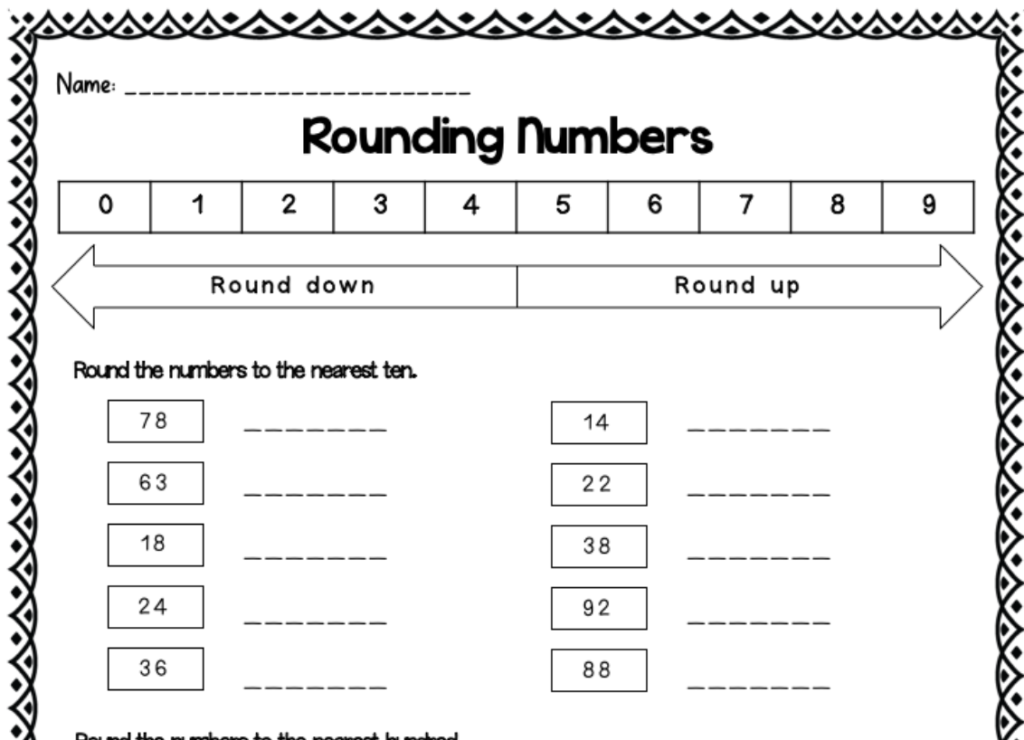
Rounding numbers is probably one of the most confusing topics. The way the rules are presented are so abstract that students just can’t grasp what it really is and how it is significant.
What is rounding?
Rounding a number means that you have an approximate amount closer to the number given. It is not exactly the number, but it is an easier number to use. This is key when you need to estimate sums, differences, products, or quotients.
One thing you should remember is the number zero. Zero is a round number. When you’re asked to round a number, that means that only one significant number is a digit other than zero.
How do you round numbers?
One way to round numbers is through the use of a number line. A number line is essential to make rounding numbers more concrete.

For example, just look at the number 62. The number 62 is in the middle of 60 and 70. Both 60 and 70 are round numbers. When you look at the number line, you can see that 62 is closer to 60 than it is to 70. So, you can say that 62 rounded to the nearest tens is 60.

Just look at the number 78. On the number line, you will see that 78 is in between 70 and 80. When you look at the number line, 78 is closer to 80 than it is to 70. So, 78 rounded to the nearest ten is 80.
Now, what if you don’t have a number line with you? There is a general rule when you are rounding numbers.
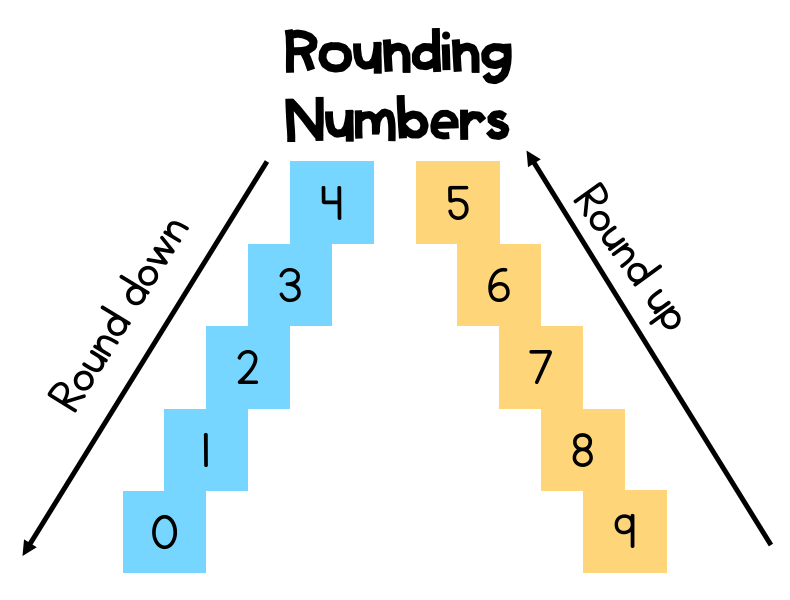
- Rounding down: When the digit to the right side of the number you are rounding to is 0, 1, 2, 3, or 4 then the number you are rounding to stays the same. The rest of the digits to the right hand side of the digit you are rounding to become 0.
- Rounding up: When the digit to the right side of the number you are rounding to is 5, 6, 7, 8, or 9, then you add 1 more to the digit you are rounding to. The rest of the digits to the right hand side of the digit you are rounding to become 0.
For example, you have the number 176 rounded to the nearest ten. Since the number after the tens place is 6, then you have to round up. So, 176 rounded to the nearest ten is 180.
Now, look at the number 512 rounded to the nearest hundred. Since the digit after the hundreds place is 1, then you have to round down the number. So, 512 rounded to the nearest hundred is 500.
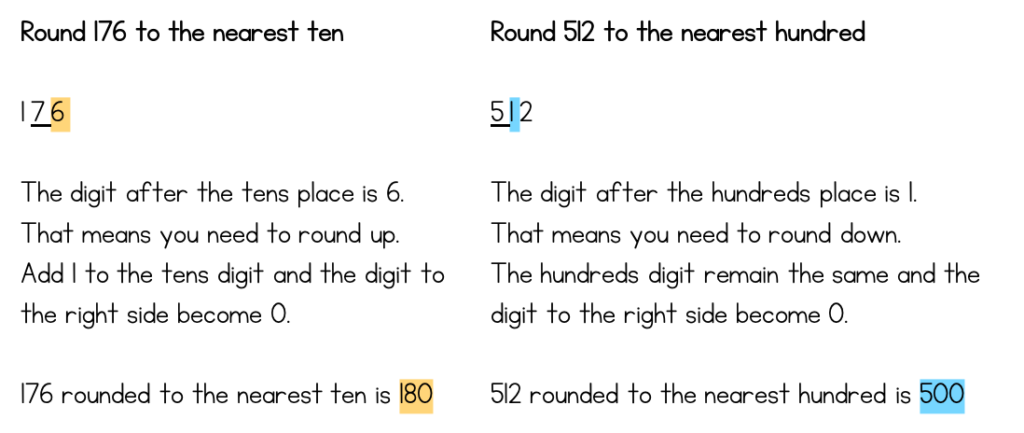
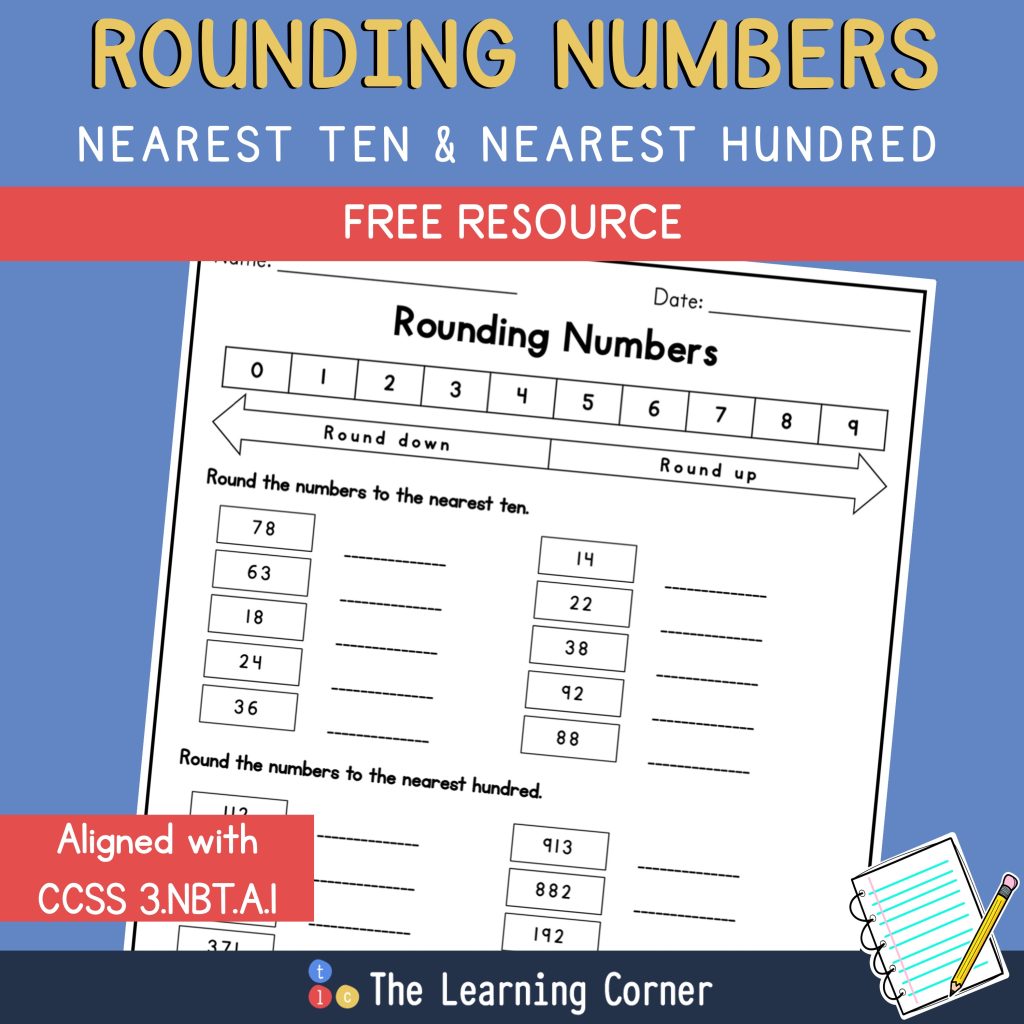
Need an activity for rounding numbers? Check out this resource. Join our mailing list.
Are you looking for more practice for rounding numbers? Check out these activities on Teachers Pay Teachers!


